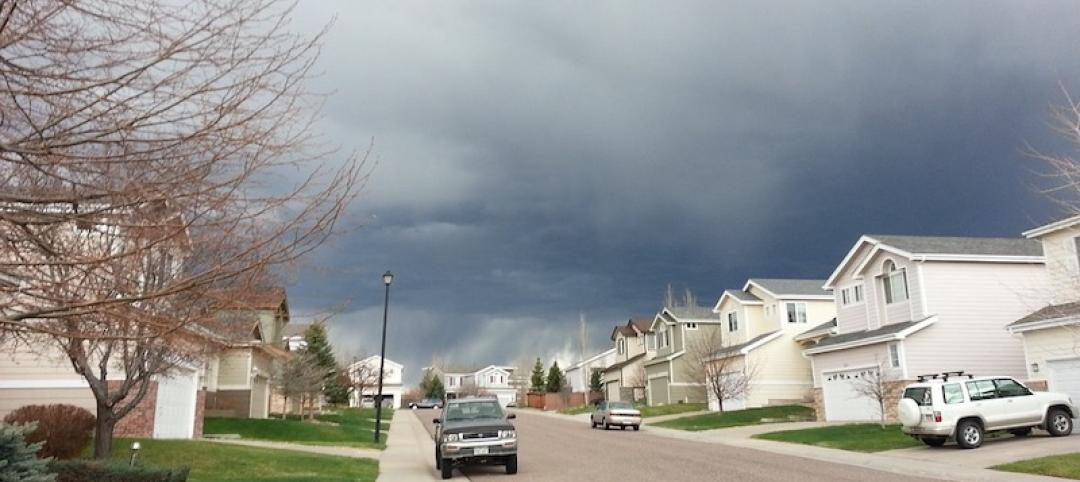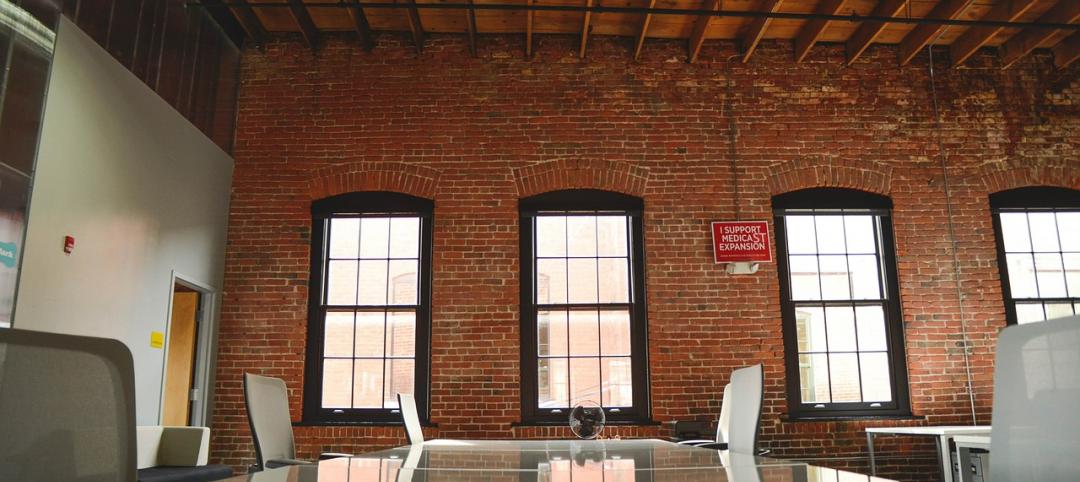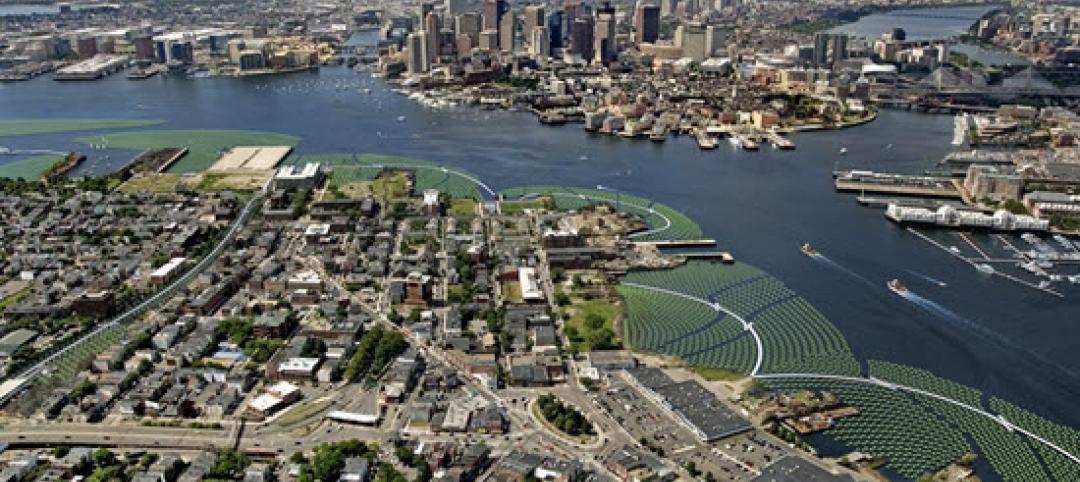NIMBYism is the biggest multifamily construction barrier, according to a National Apartment Association report on apartment construction barriers.
A survey of government entities, as well as private developers and owners, found that most respondents say that citizen opposition to growth (NIMBYism) is a key factor in restricting residential development. Rising land and labor costs are also inhibiting the production of affordable housing, the survey found, with 78% of respondents indicating that construction costs including labor, hard and soft costs have increased by more than 11% in the past five years.
The report covers 58 metro markets including a detailed review of 29 major markets. The study’s index ranked each market according to factors such as community involvement (or NIMBYism), construction costs, affordable housing requirements, infrastructure, density and growth restrictions, land supply, environmental restrictions, process complexity, political complexity, and development time.
Albuquerque was the city with the fewest barriers to apartment construction, while Philadelphia has the most, based on the responses. According to the NAA, the U.S. needs 4.6 million apartments at all price points by the year 2030 to keep up with current demand.
Related Stories
Codes and Standards | Aug 12, 2019
New curtain wall design guidelines released
AAMA document includes mandatory language, optional language, and detailed technical commentary.
Codes and Standards | Aug 9, 2019
Cities modify density zoning to spur more affordable housing projects
Solutions include eliminating single-family zoning and allowing taller apartments in higher-density zones.
Codes and Standards | Aug 8, 2019
More designers focusing on acoustic properties of buildings
Recognition that structures should be acoustically satisfying.
Codes and Standards | Aug 7, 2019
Illinois law makes all single-occupancy restrooms gender-neutral
All must comply by January 1.
Codes and Standards | Aug 6, 2019
New technology, aligning training with local trends among keys to workforce development
Construction industry must also invest in training, recruiting high school students.
Codes and Standards | Aug 1, 2019
Planners, city official rethink parking requirements on new projects
Reducing number of parking spots frees up land for ‘more purposeful’ uses.
Codes and Standards | Jul 31, 2019
USGBC-LA chooses first ‘Net Zero Accelerator’ technologies
Wide range of solutions address numerous environmental challenges.
Codes and Standards | Jul 30, 2019
Solar brokerage will provide financing for small/medium businesses
First to fund solar for smaller-scale commercial operations.
Codes and Standards | Jul 29, 2019
ASCE group unveils structural safety database
Confidential reporting on structural failures, near misses, and other incidents.
Codes and Standards | Jul 26, 2019
Floating landscape infrastructure wins top ASCE innovation prize
Climate resiliency a key theme of entrants.

















